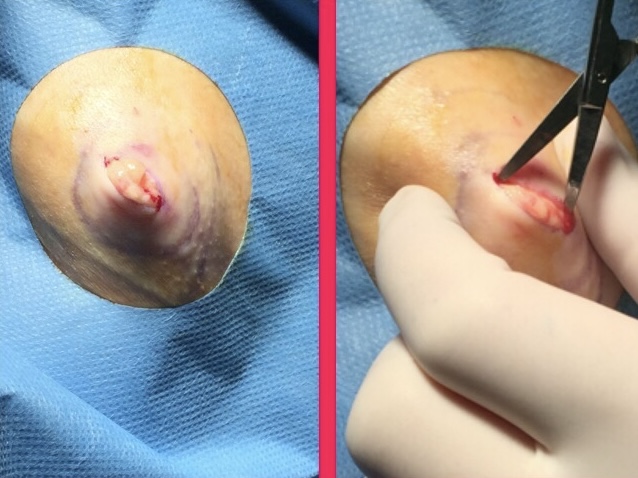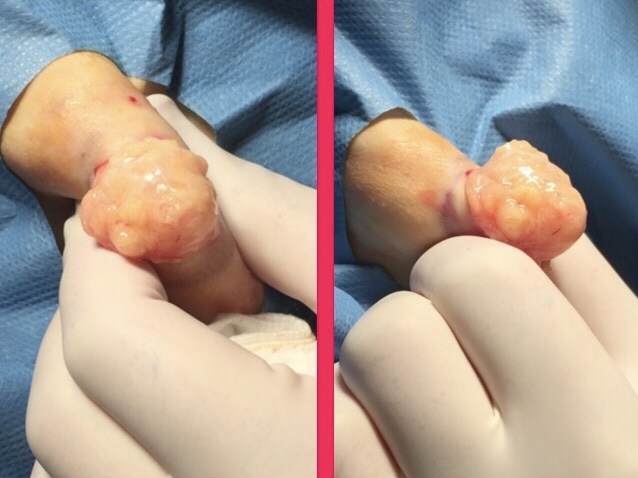Resembling a cyst in appearance, a lipoma is a slow-growing mass composed of fat cells that typically resides in the subcutaneous layer of the skin, nestled between the skin and the underlying muscle layer. Although most lipomas are small, measuring less than 2 inches in diameter, they have the potential to increase in size. They possess a soft or doughy texture and can easily move when slight pressure is applied. Lipomas tend to develop in individuals during middle age, commonly appearing in the neck, shoulders, back, abdomen, and thighs.
Typically, lipomas do not cause tenderness, but they may induce pain if they enlarge and exert pressure on nearby nerves or contain a multitude of blood vessels. The exact cause of lipomas remains partially elusive, but it is believed that genetic factors contribute to their formation. To diagnose a lipoma, a physical examination, biopsy, and X-ray may be conducted.


 If the lump becomes bothersome, painful, or continues to grow, medical professionals may recommend the removal of the lipoma through either dermatology surgery or a liposuction procedure.
If the lump becomes bothersome, painful, or continues to grow, medical professionals may recommend the removal of the lipoma through either dermatology surgery or a liposuction procedure.

